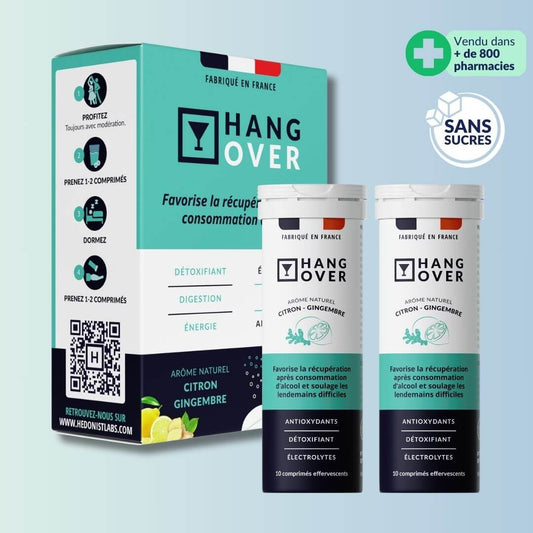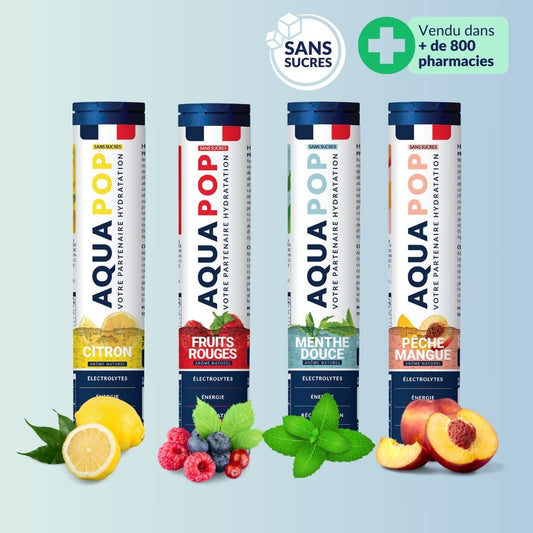Alcohol consumption begins in adolescence.
In fact, 85.7% of 17-year-olds have already tried an alcoholic beverage. In addition, 44% report having had at least one binge-drinking episode in the past month, and 8.4% consume alcohol at least 10 times a month.
There are many reasons why young people are drawn to alcohol.
Adolescence is a time of many neural changes. These include sensation-seeking and impulsivity. But also greater sensitivity to the stimulating effect of alcohol. Similarly, for teenagers, heavy drinking appears more gratifying than moderate consumption.
There's also the social influence of other young people. Indeed, at parties, it's easy to be influenced to drink, whether by the incitement of others, or by playing drinking games. Community drinking can also confer a sense of integration.
Parents have an influence on young people's drinking. A study (Eimear M. et al., 2016), carried out in Ireland showed that teenagers with parents with hazardous drinking were three times more likely to have hazardous drinking too.
Some 42% of parents surveyed agreed to let their teenagers drink alcohol on special occasions, thus facilitating their discovery of and access to alcohol.
What's more, young people with complicated family backgrounds or facing stressful situations are at greater risk of excessive drinking.
It's worth noting that young people with the greatest access to alcohol through the presence of bars, nightclubs and supermarkets close to home have higher consumption levels than those with less access.
However, alcohol consumption is not without danger for young people.
In addition to the risks associated with drunkenness (coma, accidents) and various illnesses, it can impair proper brain development (which occurs up to around age 25).
In fact, alcohol consumption can lead to a reduction in the volume of grey matter (neurons), and attenuate the development of white matter (which connects neurons).
These effects can alter brain activity, affecting many cognitive functions. For example, verbal learning, memory, reactivity and self-control will be diminished. This can also lead to an increase in risky behavior (endangering oneself and others).
So, to avoid these effects, it's important to establish a dialogue about alcohol and to favor moderate, occasional consumption.
Sources :
alcohol-info-service.fr
Chung, T. (2018). Adolescent binge drinking. Alcohol Research. Published.
Com-Ruelle, L. (2013). Young people and alcohol: changing behaviors, risk factors and protective elements. Question d'économie de la santé. Published.
Dequiré, A. F. (2013). Alcohol and young people: state of play. Journal du droit des jeunes. Published.
Hwang, C. L.,et al. (2020). The effects of repeated binge drinking on arterial stiffness and urinary norepinephrine levels in young adults. Journal of Hypertension, 38(1), 111-117. https://doi.org/10.1097/hjh.0000000000002223
Jones, S. A. (2018). Effects of binge drinking on the developing brain. Alcohol Research. Published.
Morrison, C. N., et al. (2019). Exposure to alcohol outlets, alcohol access, and alcohol consumption among adolescents. Drug and Alcohol Dependence, 205, 107622. https://doi.org/10.1016/j.drugalcdep.2019.107622
Murphy, E., et al. (2016). The association between parental attitudes and alcohol consumption and adolescent alcohol consumption in Southern Ireland: a cross-sectional study. BMC Public Health, 16(1). https://doi.org/10.1186/s12889-016-3504-0
Waszkiewicz, N.,et al. (2018). Neurobiological Effects of Binge Drinking Help in Its Detection and Differential Diagnosis from Alcohol Dependence. Disease Markers, 2018, 1-9. https://doi.org/10.1155/2018/5623683




